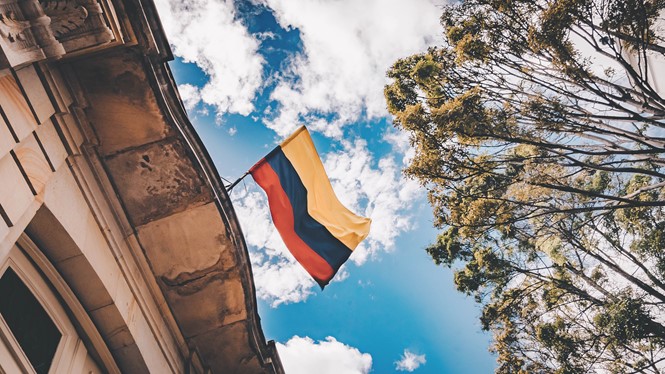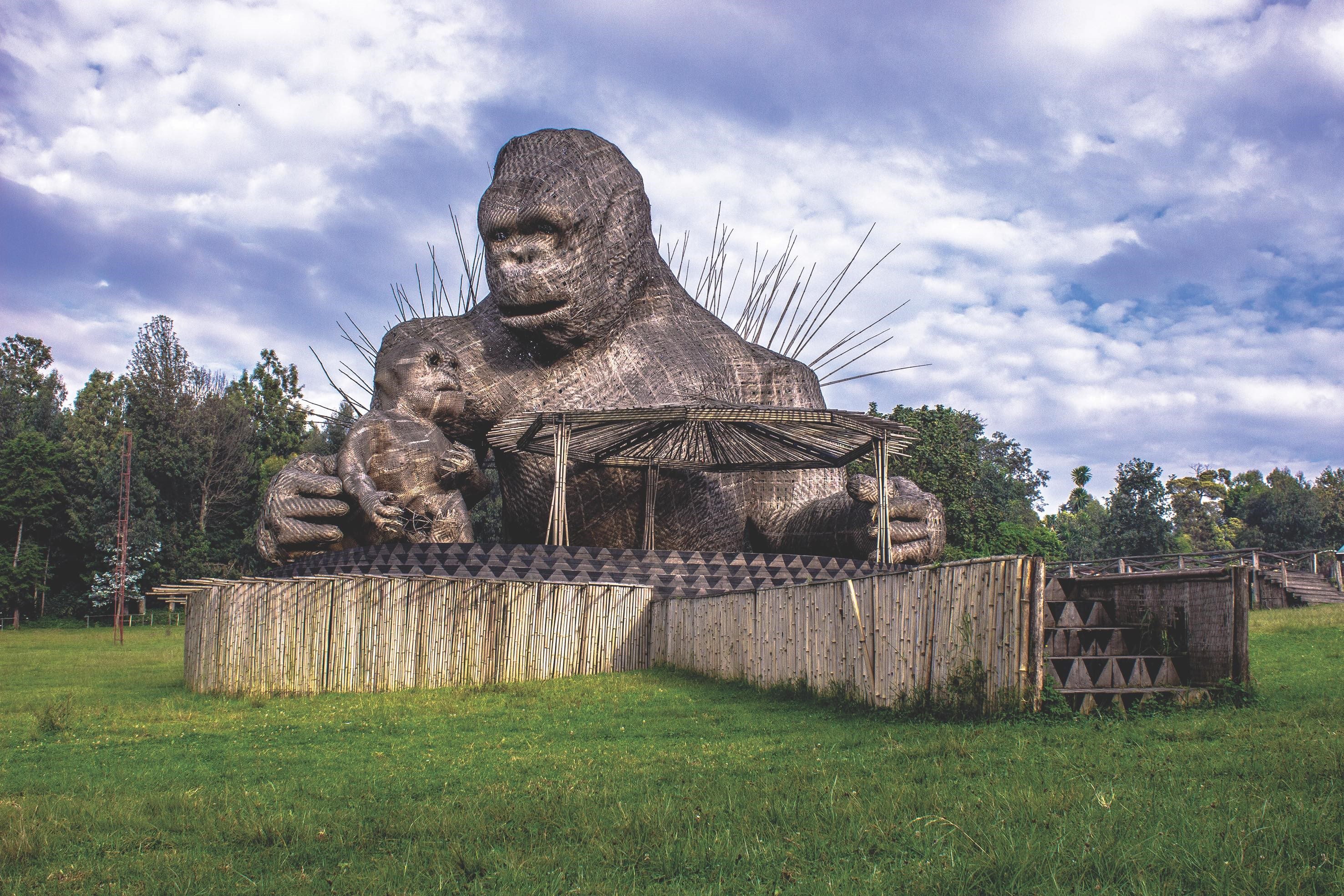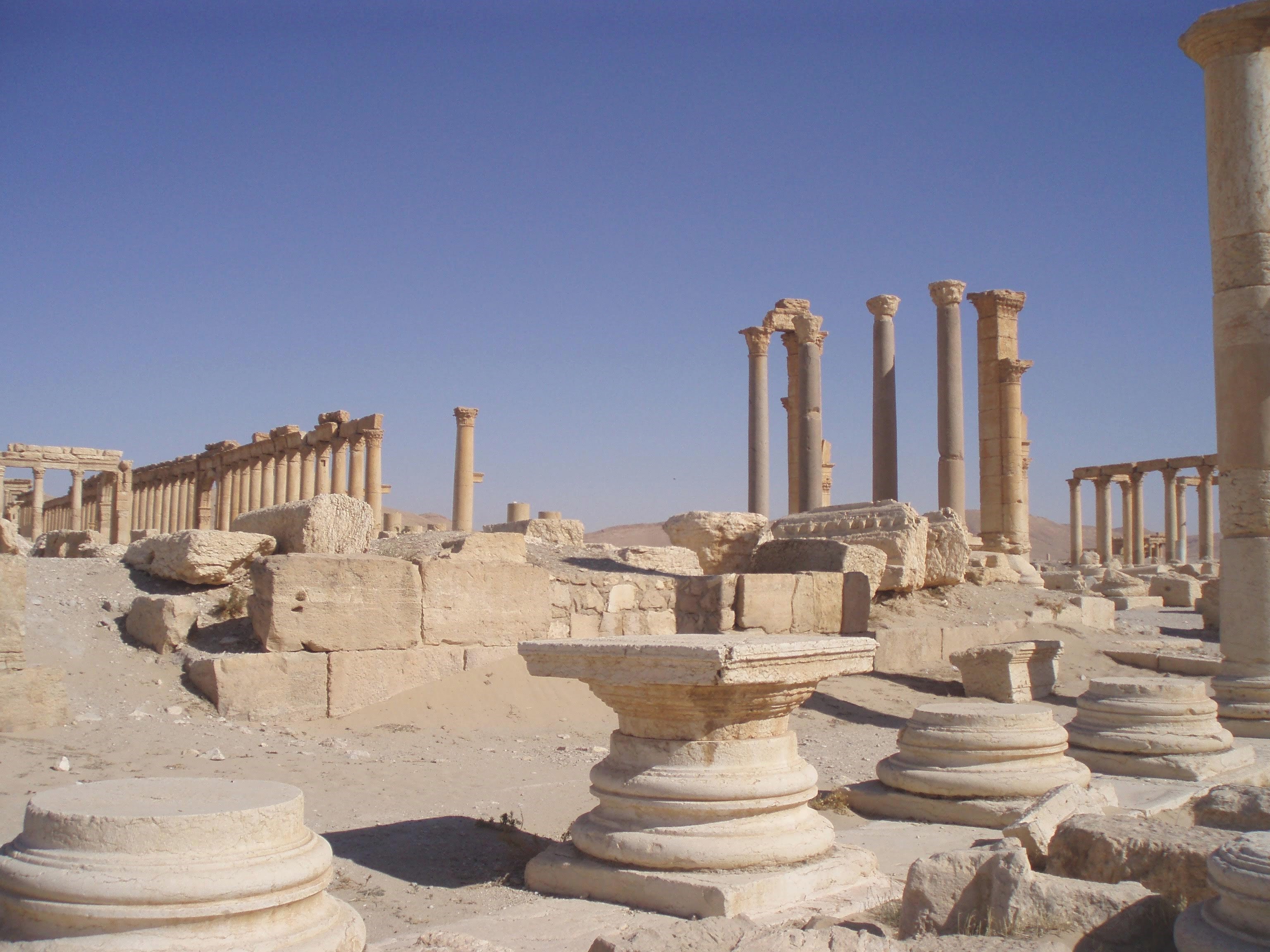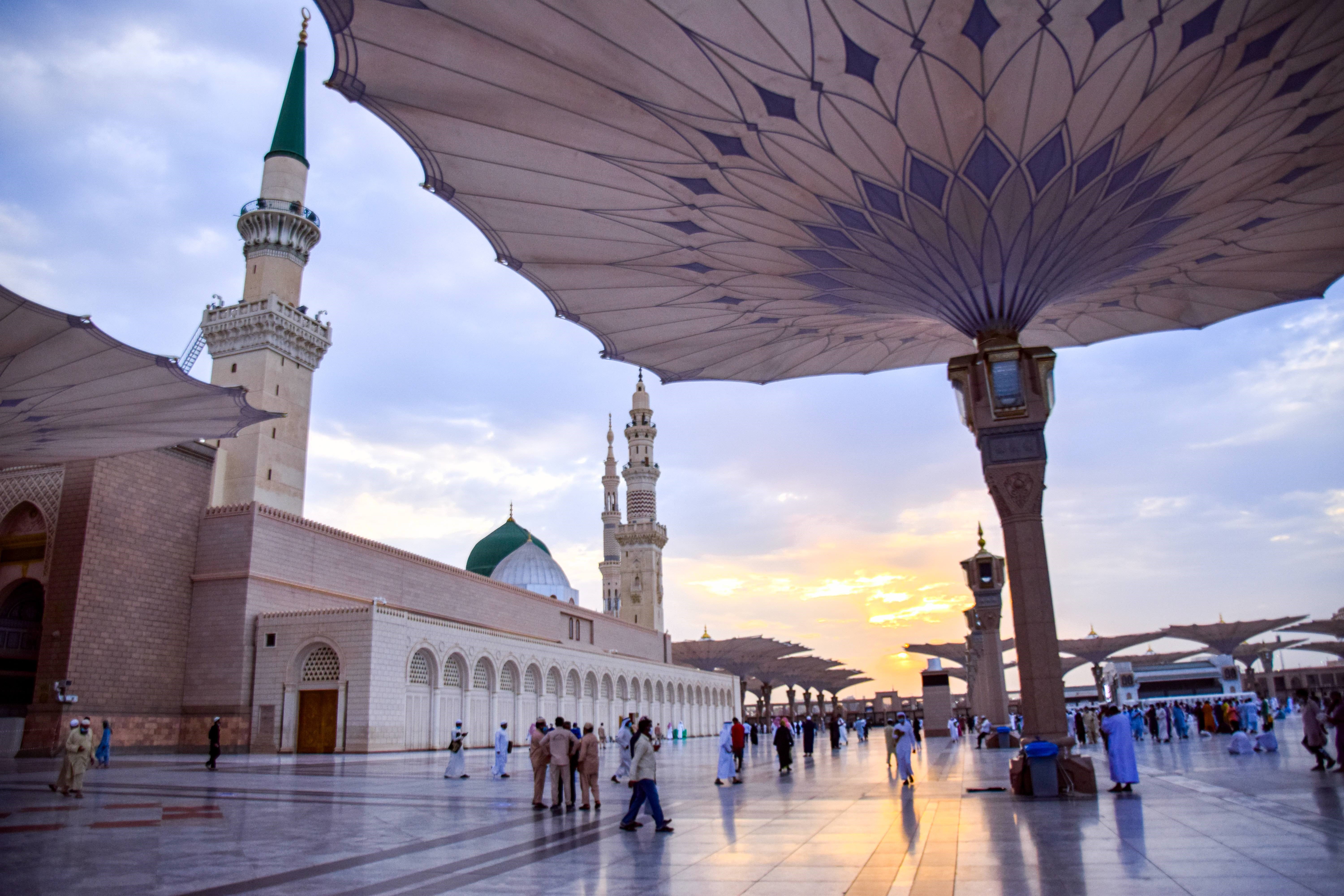Back on the map?

Conflict and crisis can have a major impact on a country’s tourism and place branding agenda. How are these locations redeveloping perceptions and inspiring tourism to return? Rik Brinks analyses the landscape
Barely 12 years ago, Syria was one of the biggest hotspots for tourism in the Middle East. About six million tourists per year would make their way around the old market of Aleppo and walk through the beautiful ruins of Palmyra. Unfortunately, it took only a single day in 2011 to completely halt tourism in Syria. Now, the country is slowly opening its borders to visitors again. Not an easy task, given the current state of its tourism infrastructure, but it is not impossible thanks to its pre-conflict tourism credentials.
The following (incomplete) list of countries, have all dealt with a similar situation in the past decade: Israel, Pakistan, (South) Sudan, Croatia, Bosnia and Herzegovina, Kosovo, Pakistan, Sri Lanka, Saudi Arabia, Colombia, Mexico and Rwanda. All have dealt with a crisis or war and (most) of them are now becoming popular tourism destinations. This can’t happen overnight. Even when a crisis or conflict has ended, it takes time and a big marketing effort to change the image of a country for the general public.
Rwanda, an African nation that had a long-lasting civil war in the 1990s, is the textbook example of how a country can change with the help of a strong place branding strategy. In the last few years, the country has promoted itself as an eco-friendly, safe and clean destination in Africa. Major travel companies from across the world were invited to experience the local hospitality and see the tourism potential in Rwanda. Moreover, it has begun promoting the country via football clubs, environmental awareness policies, service levels and biodiversity. And this has allowed Rwanda to see success. Of all the sub-Saharan African nations, Rwanda is one of countries with the biggest increase in tourism.

For Dutch travel company CultureRoad, which specialises in hard to reach destinations, most of the places in which it operates are former war zones or are seen as dark tourism destinations. Most of its destinations have experienced a deep crisis or conflict and are still trying their best to become a travel destination again. By keeping in touch with exclusive local agents, the company tries to show people that it’s relatively safe to travel to those destinations.
The right local guide, common sense and a little bit of adventure gets you somewhere in these places, says Rik Brinks, head of CultureRoad. “The desire to travel is always bigger than the fear of the unknown. What we try to do with our company is to show people that the image they have of a certain destination is often depicted by the image that they got from the media. Often, you’ll only see the negative side of (for example) Iraq but that doesn’t mean that the whole country is a completely dangerous destination to visit, especially when troubled years have gone by,” he adds.
People who book with CultureRoad are told to realise that were they are going to, is not a ‘normal’ holiday destination, but a place that may open their minds and souls. Once tourists come back from these destinations, they realise how their opinion of a country has been influenced by what is seen in the media. The reality often gives a more detailed and sophisticated picture. Brinks says, “You’ll see that also in unknown countries people strive for the same ideal as us; a happy, peaceful life surrounded by their loved ones. They just happen to be born in a country that hasn’t always been easy to deal with.”
This approach to tourism is reflected in the place branding strategies of countries seeking to lure tourists back after periods of crisis. Pakistan is one of the countries that has been working on its place brand over the last couple of years. While the whole of the country isn’t necessarily safe for tourists, it still offers a broad, stable landscape for visitors.

In the 1990s, Pakistan was a tourism hot spot in south Asia, inspiring travel across the country. Kausar Hussain, head guide for travel company Untamed Borders still remembers the moment that tourism almost stopped for Pakistan. “We really suffered after 9/11 and the conflict in Afghanistan, which spilt over into Pakistan. Tourism numbers were very high in the ’90s and have never really recovered. We suffered set back after set back in all these years,” he says.
Former prime minister of Pakistan Imran Khan mentioned in his early months as leader that tourism would be one of his focus points for rebuilding the country. Of special focus would be the Pakistani culture and eco-tourism, with which he tried to build a sustainable tourism infrastructure. However, Covid-19 and the crisis in Afghanistan haven’t lead to a notable increase in international tourism yet. However, Hussain adds, “We already see a big increase in domestic tourism, this is partly due to local influencers. Plus we see improvements in certain sites such as the Swat Buddhist hiking route and the restoration of old houses in Peshawar. The visit of Prince William from the UK was also positive for the image of Pakistan.”
“Once tourists come back from these destinations, they realise how their opinion of a country has been influenced by what is seen in the media. The reality often gives a more detailed and sophisticated picture”
For the future, Hussain says Pakistan will have to advertise more internationally, while also considering its tourist entry requirements. “The far north – places like Hunza and the Hindu Kush and K2 – are places that have the potential to be huge tourism destinations. They also should make the visa easier with visa on arrival for EU/US and other western nations.” Recently, many social media influencers have already come to Pakistan. They have shown a new group of potential tourists what Pakistan has to offer. If the situation in and around the country remains stable and if the visa process becomes easier, Pakistan might still become that tourism hot spot it was once meant to be.
The good news is: it is possible for a place to find its way back to being a tourist hot spot. Countries that have already made it back onto the tourism map are the likes of Colombia and Saudi Arabia. Both have known troubled years but seem to be back on track. After the peace treaty between the government and the Farc, Colombia has been promoting itself all over the world as a peaceful destination that is completely open for visitors. This has resulted in a steady increase in tourism. First the so-called budget, adventurous travellers came to Colombia, and, in recent years, various major travel companies have started adding Colombia to their portfolios.
Saudi Arabia was for years a closed country. Its biggest income stream is in oil, meaning there was little need for a strong tourism economy. While it supported a strong hajj tourism to Mecca, recreational tourism was virtually nonexistent.

But, in 2019, Saudi Arabia opened its doors for tourists and revealed its ‘Vision 2030’ plan. This strategy showcases the pillars of the future of Saudi Arabia and how it wants to become a stronger powerhouse in the world. One of its pillars is tourism. Huge investments have already been made along the Red Sea coast, like project Neom, and big events are being brought to Saudi Arabia, including Formula 1 races and the Paris-Dakar Rally.
Huge place branding and marketing campaigns have launched in order to attract tourists to the country and travel organisations have been invited to experience Saudi culture. Shortly after its opening however, Covid-19 affected the country’s ambitious place branding plans. Now, time will tell if Saudi Arabia will manage to be a future tourism hot spot. According to its Vision 2030, tourism should be one of the biggest sources of income for the Saudi government.
Syria, though it may be making changes, is still a nation that is far from retaining its lost heritage as a tourism hot spot. Tourist guide Fadi Assi has been working in tourism for years and has seen the affect of the civil war on the country. These days he’s rebuilding the tourism potential in Syria. “Since 2021 we see Syria taking its place again in the agenda of (adventurous) travellers,” says Assi. The key to success, according to Assi, is peace. “Not only Syria, but any place in the world needs peace to start tourism. Without safety, no tourism can be done.”
While most of Syria is now more stable, the image of a Syria in conflict is not easily changed. It will take years for rebuilding the infrastructure and then years of place brand development in order to show potential visitors that Syria is a safe place. It seems impossible, but countries like Rwanda, Colombia and the countries of the former Yugoslav republics have shown that a solid tourism infrastructure, peace and good place branding strategies can put designations like Syria back on the tourism map.












